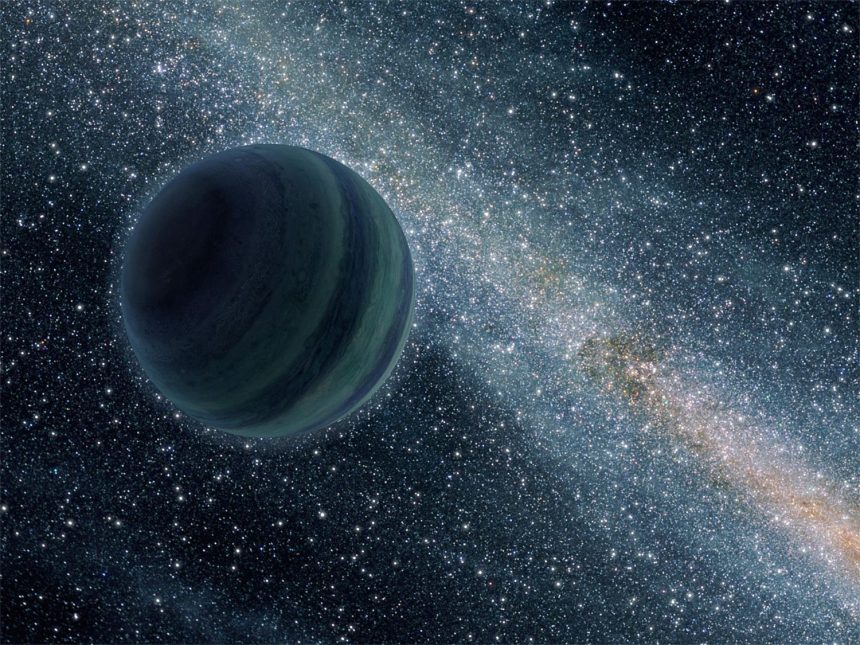Webb Telescope Discovers Six Ghost Planets
The new observations in the young reflection nebula NGC 1333 provide clues as to how the solitary planetary vagabonds are formed.

The new observations in the young reflection nebula NGC 1333 provide clues as to how the solitary planetary vagabonds are formed.

